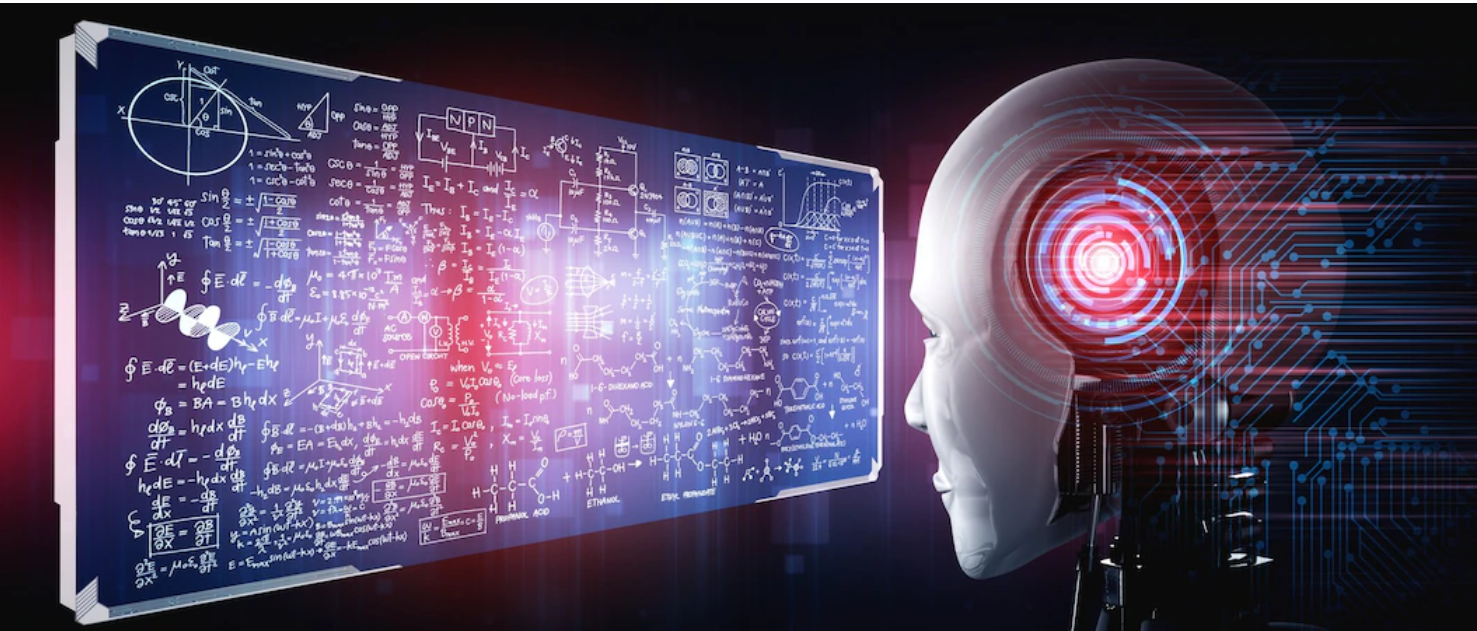Artificial intelligence (AI) has been one of the most significant technological advancements in recent years, and it has revolutionized the way we interact with machines. One of the areas where AI has made significant progress is in speech recognition. Speech recognition is the process of converting spoken words into text or machine-readable commands. It is an essential component of many modern technologies, such as virtual assistants, speech-to-text software, and voice-activated devices. In this article, we will explore the basics of AI and speech recognition, how it works, and its applications in various industries.
What is AI ?
AI is a field of computer science that focuses on the development of intelligent machines that can perform tasks that typically require human intelligence. The term AI was first coined in 1956 by John McCarthy, who defined it as “the science and engineering of making intelligent machines.”
AI has made significant progress in recent years, thanks to advancements in machine learning and deep learning. Machine learning is a type of AI that enables machines to learn from data without being explicitly programmed. Deep learning is a subset of machine learning that uses artificial neural networks to analyze data.
How does speech recognition work ?
Speech recognition involves several complex processes that are made possible by AI. The process of speech recognition can be broken down into several stages:
- Signal Processing
The first step in speech recognition is to capture the audio signal from the user’s voice. The audio signal is then processed to remove any background noise or other distortions that may interfere with the recognition process.
- Feature Extraction
The next step is to extract features from the audio signal. These features include pitch, frequency, and other characteristics of the user’s voice. Feature extraction is a critical step in speech recognition, as it enables the system to identify the user’s speech patterns accurately.
- Acoustic Modeling
Acoustic modeling is the process of mapping audio features to speech sounds. The system uses statistical models to match audio features with specific phonemes, the smallest units of sound in a language.
- Language Modeling
The next step is to use language models to interpret the speech sounds and convert them into text or commands. Language modeling involves analyzing the context of the user’s speech and using statistical models to predict the most likely sequence of words.
- Speech-to-Text Conversion
The final step is to convert the speech into text or machine-readable commands. This process involves applying natural language processing techniques to the output of the language model, such as spell-checking and grammar correction.
Applications of Speech Recognition
Speech recognition has numerous applications in various industries. Some of the most common applications of speech recognition include:
- Virtual Assistants
Virtual assistants, such as Apple’s Siri, Amazon’s Alexa, and Google Assistant, use speech recognition to interpret voice commands and perform tasks such as setting reminders, sending messages, and playing music.
Speech-to-Text Software , is widely used in industries such as healthcare, law, and journalism to transcribe spoken words into text. This technology enables professionals to capture information quickly and accurately, saving time and improving efficiency.
Voice-Activated Devices , such as smart speakers, TVs, and cars, use speech recognition to enable hands-free operation. This technology has made it easier and more convenient for users to interact with devices and control them using voice commands.
Accessibility Tools Speech recognition is also used as an accessibility tool for people with disabilities, such as those who are visually impaired or have limited mobility. By using speech recognition software, these individuals can control their devices and interact with them more easily.
Conclusion
Speech recognition is a vital technology that has revolutionized the way we interact with machines. Through the use of AI, speech recognition systems can accurately interpret and respond to spoken language, making it possible for users to perform tasks more efficiently and effectively. With its numerous applications in various industries, speech recognition is set to continue to play a significant role in shaping the future of technology.



















